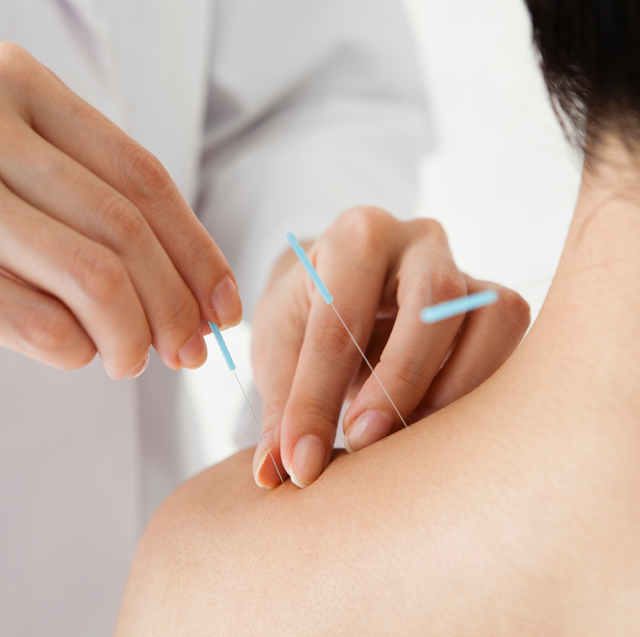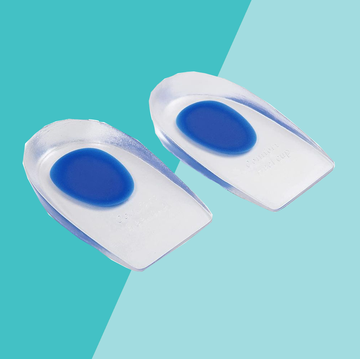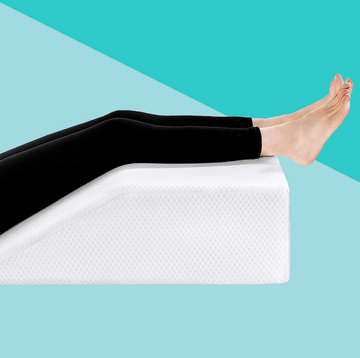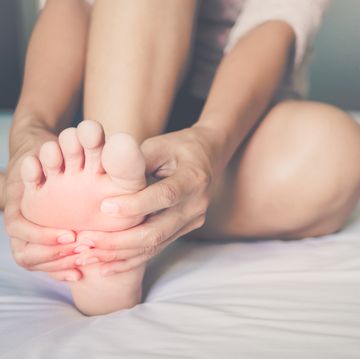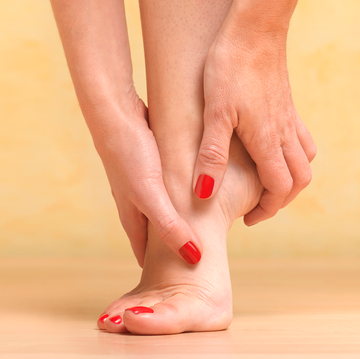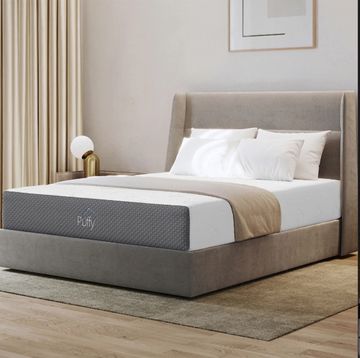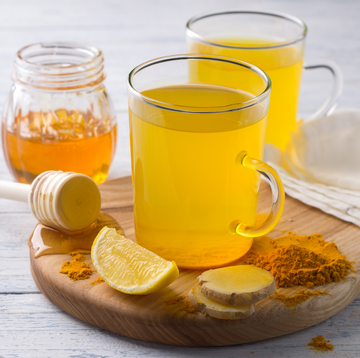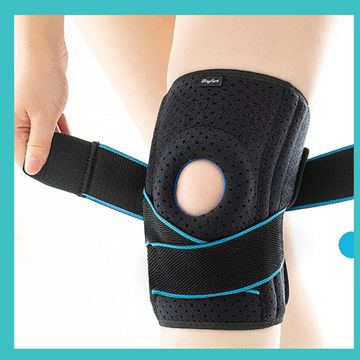If you’ve ever dealt with achy knees, shoulders, or hips, you know that everyday movements can feel like a serious struggle. And unfortunately, finding a long-term solution for joint pain can be tricky, since there are so many things that could be causing it—from overuse injuries to autoimmune diseases.
To find relief fast, you’ve likely turned to OTC drugs. But what if you want to avoid pain relievers?
Enter acupuncture, an ancient practice that involves using super-thin needles to stimulate strategic points on your body. In the U.S., acupuncturists are licensed to perform and prescribe a number of modalities including body-work, nutrition, and herbs and minerals to promote, maintain, and restore health.
So, could acupuncture be the natural joint pain remedy you’ve been searching for? We reached out to Jordan Wheeler, DACM, LAc, a professor at the Acupuncture & Integrative Medicine College in Berkeley, CA, and founder of Focal Point Acupuncture in San Francisco, to find out.
What actually causes joint pain?
Wheeler: It’s triggered by inflammation, which can result from myriad factors, including injury, repetitive use, poor diet, bursitis, autoimmune conditions such as rheumatoid arthritis, and Lyme disease.
While joint pain can occur at any age, it’s more common as we get older, and acupuncture can bring your body back into balance naturally. It’s equally effective on all joints, whether you have an aching knee or a bothersome wrist.
So how does acupuncture relieve that pain?
Wheeler: Acupuncture, a traditional form of medicine that’s been used successfully for centuries, stimulates certain body points with pre-sterilized single-use disposable needles. Since biomedical sciences are a relatively recent development, we’re still learning exactly what occurs at a cellular level during an acupuncture treatment, but we do know that it can encourage the flow of chemical and electrical information through the body, or block that flow—thereby moderating the perception of pain. It has also been shown to inhibit proteins that increase inflammation and can strengthen weak muscles or relax tense ones.
Fact: Acupuncture certification requires a 3-year master’s program (4 years if combined with herbal medicine) followed by a licensing exam.
What exactly happens during treatment—and does it hurt?
Wheeler: During a 50- to 90-minute treatment, an acupuncturist will ask a series of questions about your joint pain and your general health. Acupuncture is generally painless, though you may feel a fleeting prick as the needles are placed. They’re put at specific points that open meridian pathways, where energy is said to flow through the body.
Chinese medicine states, “Where there is free flow, there is no pain.” Once needles are inserted at various depths, you’ll be left to rest for 20 to 40 minutes—many patients fall asleep during that time!
OK, how can I expect to feel afterward?
Wheeler: You may see a decrease in pain and will likely feel calmer and more relaxed during the next few days. With each treatment, these effects will last longer and longer as the body begins to heal. However, our bodies can be stubborn, so a person often needs multiple treatments (typically six to 10) to alter the way his or her body functions. Generally, the longer you’ve had a condition, the longer it will take to treat it.
What if I don’t notice a difference?
Wheeler: Ask your acupuncturist about utilizing a different technique or perhaps referring you to another practitioner. There are some people who may not respond to acupuncture
or for whom acupuncture is part of a larger treatment plan. Ultimately, if there is continued degeneration of the joint, surgery may be necessary. Acupuncture can also help with postoperative pain to reduce the need for opioids or help stimulate the body’s healing.
This story originally ran in Prevention’s February 2019 issue. For more stories like this one, subscribe to our print magazine.
